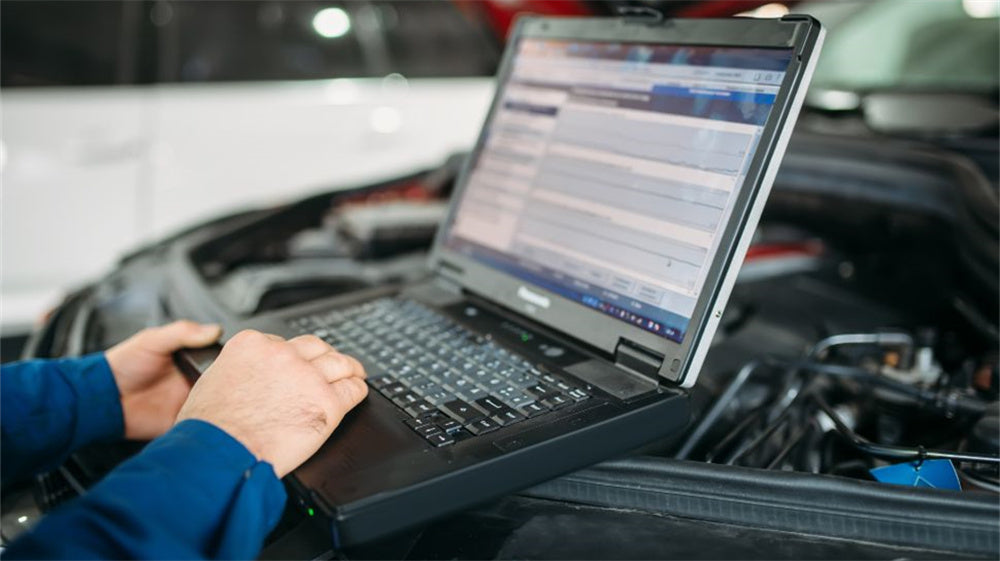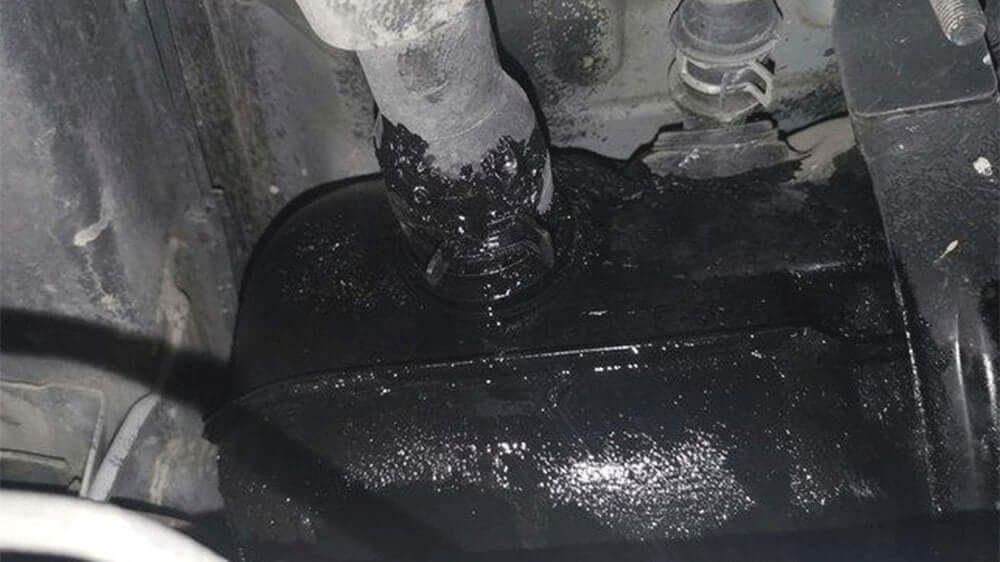
Fuel Supply System Troubleshooting Guide
Today, we will discuss the troubleshooting methods and techniques for the fuel supply system. Common issues related to the fuel supply system include high fuel pressure, low fuel pressure, no residual pressure, injector malfunction, and uneven fuel spray causing engine vibration.
1. High Fuel Pressure
Symptoms:
- Fuel pressure too high error code or rich mixture with black smoke.
Possible Causes:
- A. Clogged return line
- B. Faulty fuel pressure regulator
- C. Damaged high-pressure pump pressure valve
- D. Faulty fuel pressure sensor or related wiring
Solutions:
- A. Inquire about any recent repairs or operations performed before the fault occurred.
- B. If there is an error code, read and record it. Clear the code and check if it reappears, indicating whether it's a historical or current fault.
- C. Measure the fuel pressure with a gauge. If it matches the data stream and is higher than the standard value, the fault is confirmed. If not, check the fuel pressure sensor and its wiring.
- D. If fuel pressure is high, check if the fuel pressure regulator is functioning properly. (For vehicles without a return line, inspect the fuel filter return or the pressure valve in the fuel tank.)
- E. If the regulator’s vacuum line is intact and there is return flow, clamp the return line and observe if the fuel pressure continues to rise. If the pressure remains the same with or without clamping, the return line may be clogged.
Note:
- For vehicles with a high-pressure pump, check the high-pressure pump’s fuel pressure regulator for damage in step three.
- Some vehicles have fuel filters with different pressure specifications; ensure the correct filter is installed.

2. Low Fuel Pressure
Symptoms:
- Engine stalling, poor acceleration, or low fuel pressure error.
Possible Causes:
- A. Faulty fuel pump unable to achieve operating pressure
- B. Fuel system leakage
- C. Faulty fuel pressure regulator
- D. Faulty high-pressure pump
- E. Faulty high-pressure pump fuel pressure regulator
- F. Incorrect fuel filter installed (with lower pressure specifications)
- G. Faulty fuel pressure sensor or related wiring
Solutions:
- A. Inquire about any recent repairs or operations performed before the fault occurred.
- B. If there is an error code, read and record it. Clear the code and check if it reappears, indicating whether it's a historical or current fault.
- C. Measure the fuel pressure with a gauge. If it matches the data stream and is lower than the standard value, the fault is confirmed. If not, check the fuel pressure sensor and its wiring.
- D. If fuel pressure is indeed low, check the fuel lines for external leaks.
- E. If there are no external leaks, check for internal leaks using methods described in the subsequent sections of this article. (Often, this involves checking for worn seals on the fuel pump or persistent pressure regulation issues.)
- F. Test the electronic fuel pump for wear (alternatively, replace it in step five for quick troubleshooting).

Note:
- For vehicles with a high-pressure pump, identify if the issue is with low pressure in the low-pressure or high-pressure circuit. For high-pressure issues, inspect the pressure regulator and high-pressure pump.
- If the fault appeared after maintenance, check if the fuel filter was replaced with an incorrect pressure specification or if the fuel pump seal was improperly installed.
3. No Residual Pressure in Fuel System
Symptoms:
- Difficulty starting the vehicle, or long cranking times
Possible Causes:
- A. Pressure loss at the fuel pump
- B. Pressure loss at the pressure regulator
- C. Pressure loss at the injectors
4. No Fuel Pressure or Fuel Pump Not Working
Symptoms:
- Vehicle won’t start
Possible Causes:
- A. Faulty fuel pump
- B. Fuel pump wiring fault
- C. Internal fuel pump line disconnection

Solutions:
- A. Turn on the ignition and listen for the fuel pump operation. If it operates, the fuel pump circuit is good; check if the supply lines are disconnected.
- B. If no operational sound, check the fuel pump fuse. If both sides have power, the fuse is good. If neither side has power, inspect the main power supply circuit.
- C. Measure if there is power at the fuel pump connector and check the ground connection. If there is power and ground, but the pump doesn’t work, the pump itself is faulty. If no power, check the supply circuit to the pump.
5. Injector Not Working
Symptoms:
- Difficulty starting the vehicle or engine misfire (partially functioning injectors)
Possible Causes:
- A. Clogged or damaged injectors
- B. Injector power supply circuit fault
- C. ECU control module fault
- D. Anti-theft system lockout
Solutions:
- A. Turn on the ignition and check for an anti-theft warning light. If present, the vehicle may be in anti-theft lockout mode.
- B. If no anti-theft light, check for power supply to the injectors. No power indicates a fault in the injector power supply circuit.
- C. Measure the injector resistance with a multimeter (low resistance: 0.6–3Ω, high resistance: 13–17Ω) and check for open or short circuits.
- D. If the resistance is normal, check the ground control circuit. If the ground control is fine, test the injector spray pattern and quantity. If it’s not functioning, check the wiring for breaks or the ECU for faults.
Note:
- Clogged or leaking injectors can cause engine misfire. Cleaning or replacing the injectors can resolve these issues.
Conclusion
Properly diagnosing and addressing issues within the fuel supply system is crucial for maintaining optimal engine performance and reliability. By understanding the symptoms, potential causes, and solutions for common fuel system faults, you can effectively troubleshoot and resolve problems. Incorporating advanced tools such as fuel pressure gauges and diagnostic equipment, along with a systematic approach, will help ensure that each issue is accurately identified and corrected. As technology continues to evolve, staying informed about the latest diagnostic techniques and tools will further enhance your ability to maintain and repair modern vehicles efficiently.















































































